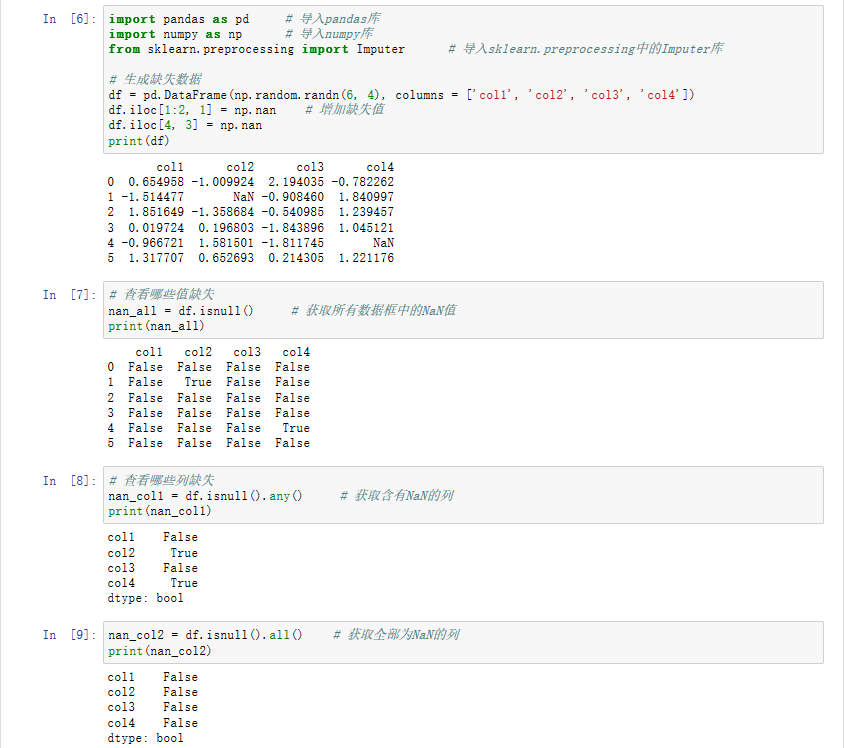I want to create jack-knife data partitions for the data frame below, with the partitions to be used in caret::train (like the caret::groupKFold() produces). However, the catch is that I want to restrict the test points to say greater than 16 days, whilst using the remainder of these data as the training set.
df <- data.frame(Effect = seq(from = 0.05, to = 1, by = 0.05),
Time = seq(1:20))
The reason I want to do this is that I am only really interested in how well the model is predicting the upper bound, as this is the region of interest. I feel like there is a way to do this with the caret::groupKFold() function but I am not sure how. Any help would be greatly appreciated.
An example of what each CV fold would comprise:
TrainSet1 <- subset(df, Time != 16)
TestSet1 <- subset(df, Time == 16)
TrainSet2 <- subset(df, Time != 17)
TestSet2 <- subset(df, Time == 17)
TrainSet3 <- subset(df, Time != 18)
TestSet3 <- subset(df, Time == 18)
TrainSet4 <- subset(df, Time != 19)
TestSet4 <- subset(df, Time == 19)
TrainSet5 <- subset(df, Time != 20)
TestSet5 <- subset(df, Time == 20)
Albeit in the format that the caret::groupKFold function outputs, so that the folds could be fed into the caret::train function:
CVFolds <- caret::groupKFold(df$Time)
CVFolds
Thanks in advance!
For customized folds I find in built functions are usually not flexible enough. Therefore I usually produce them using tidyverse. One approach to your problem would be:
library(tidyverse)
df %>%
mutate(id = row_number()) %>% #use the row number as a column called id
filter(Time > 15) %>% #filter Time as per your need
split(.$Time) %>% #split df to a list by Time
map(~ .x %>% select(id)) #select row numbers for each list element
example with two rows per each time:
df <- data.frame(Effect = seq(from = 0.025, to = 1, by = 0.025),
Time = rep(1:20, each = 2))
df %>%
mutate(id = row_number()) %>%
filter(Time > 15) %>%
split(.$Time) %>%
map(~ .x %>% select(id)) -> test_folds
test_folds
#output
$`16`
id
1 31
2 32
$`17`
id
3 33
4 34
$`18`
id
5 35
6 36
$`19`
id
7 37
8 38
$`20`
id
9 39
10 40
with unequal number of rows per time
df <- data.frame(Effect = seq(from = 0.55, to = 1, by = 0.05),
Time = c(rep(1, 5), rep(2, 3), rep(rep(3, 2))))
df %>%
mutate(id = row_number()) %>%
filter(Time > 1) %>%
split(.$Time) %>%
map(~ .x %>% select(id))
$`2`
id
1 6
2 7
3 8
$`3`
id
4 9
5 10
Now you can define these hold out folds inside trainControl with the argument indexOut.
EDIT: to get similar output as caret::groupKFold one can:
df %>%
mutate(id = row_number()) %>%
filter(Time > 1) %>%
split(.$Time) %>%
map(~ .x %>%
select(id) %>%
unlist %>%
unname) %>%
unname



![Prime Path[POJ3126] [SPFA/BFS] Prime Path[POJ3126] [SPFA/BFS]](https://oscimg.oschina.net/oscnet/e1200f32e838bf1d387d671dc8e6894c37d.jpg)
